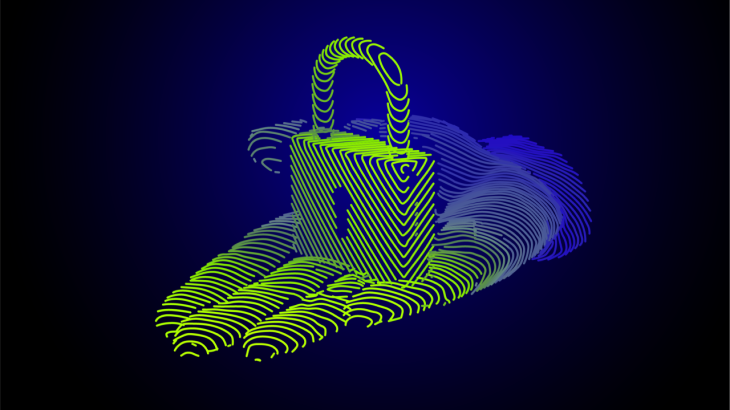
Oracle RAC, Simplified: How Kron DAM&DDM Secures Multi-Node Databases
Oracle RAC clusters can be made auditable and policy-driven without manual node maintenance. Auto-registration, cluster-aware Database Firewall, and real-time metadata sync are delivered in Kron DAM&DDM to keep controls consistent during failover and growth.
Context & Problem Statement
Oracle Real Application Clusters (RAC) enable multiple instances to access a single database for elasticity and high availability. However, the operational surface grows quickly: nodes are added or retired, services move, and failovers occur. SCAN-based discovery and listener redirection introduce abstraction layers that complicate visibility.

In many estates, logging and controls drift per instance, and policy changes lag behind service relocation. During node failover or rolling maintenance, gaps appear in session auditability and masking enforcement. Teams also face overhead maintaining registration of each node and keeping metadata current for policy scope. In short, RAC solves availability, but day-2 governance—who connected, what was run, and whether DDM and approvals were enforced uniformly across instances—remains hard without cluster-aware access control and automated node lifecycle management. (Architecture reference: Oracle RAC).
Kron DAM&DDM: What Is Delivered for Oracle RAC
Kron DAM&DDM introduces a cluster-aware Database Firewall that centralizes access for Oracle RAC while enforcing policies and masking consistently across all instances. RAC nodes are auto -registered by the proxy, removing manual device administration as the cluster topology changes. Session/Query/Active-Session views have been moved into DAM, improving real-time visibility and forensic depth.
Security controls are applied at the realm level, so one policy set governs all RAC instances. Metadata synchronization keeps schema/column scope current for DDM policies. Access hardening options include SSO token use and MFA for privileged connections—without exposing database passwords to users.

What Was Observed in the Field — told as short incidents
1) Unmanaged nodes During a quarter-end scale-out, a new RAC node was added. It was reachable through SCAN, but it was not onboarded in the inventory. Sessions were handled by the new instance, while expected masking and deny rules were not applied uniformly. Addressed by: auto-registration and realm assignment carried over automatically.

2) Inconsistent logging A rolling patch was performed and the service was moved to another instance. Query logs and session details were recorded on one node, but gaps appeared on the node that took over. Post-incident analysis was slowed. Addressed by: cluster-aware Database Firewall; sessions were anchored on a single proxy endpoint, so logs and query records stayed continuous across failover.
3) Manual registration workload Each time a listener change or new node was introduced, device entries were created by hand and ports were reassigned. Lead time for changes increased and mistakes were introduced. Addressed by: automatic node discovery and a defined bind range.

4) Policy drift Over months, small edits were made per instance. Some columns were masked differently, and approval rules diverged. The same user action was permitted on one node but denied on another. Addressed by: realm-level policy and real-time metadata sync; one policy was evaluated uniformly on all nodes.

5) Blind spots When clients connected via SCAN and load balancing, some client and session attributes were not visible end-to-end. User attribution and program names were incomplete during failover peaks. Addressed by: all connections were routed through the Database Firewall, where session, query and client attributes were captured consistently; masking and deny decisions were evaluated centrally.

Conclusion
With Kron DAM&DDM, RAC environments are made more visible and manageable. Auto-registration reduces manual work, cluster-aware proxying maintains consistent policies and masking through failover, and real-time logs provide full accountability. SSO and MFA can be enforced without exposing secrets. The net result is less operational toil and uniform control across every RAC node and service.
*Written by Ahmet Efe Başol. He is a Product Owner at Kron.
Highlights
Other Blogs

Kron DAM & DDM Recognized in Gartner's Market Guide for Data Masking and Synthetic Data














